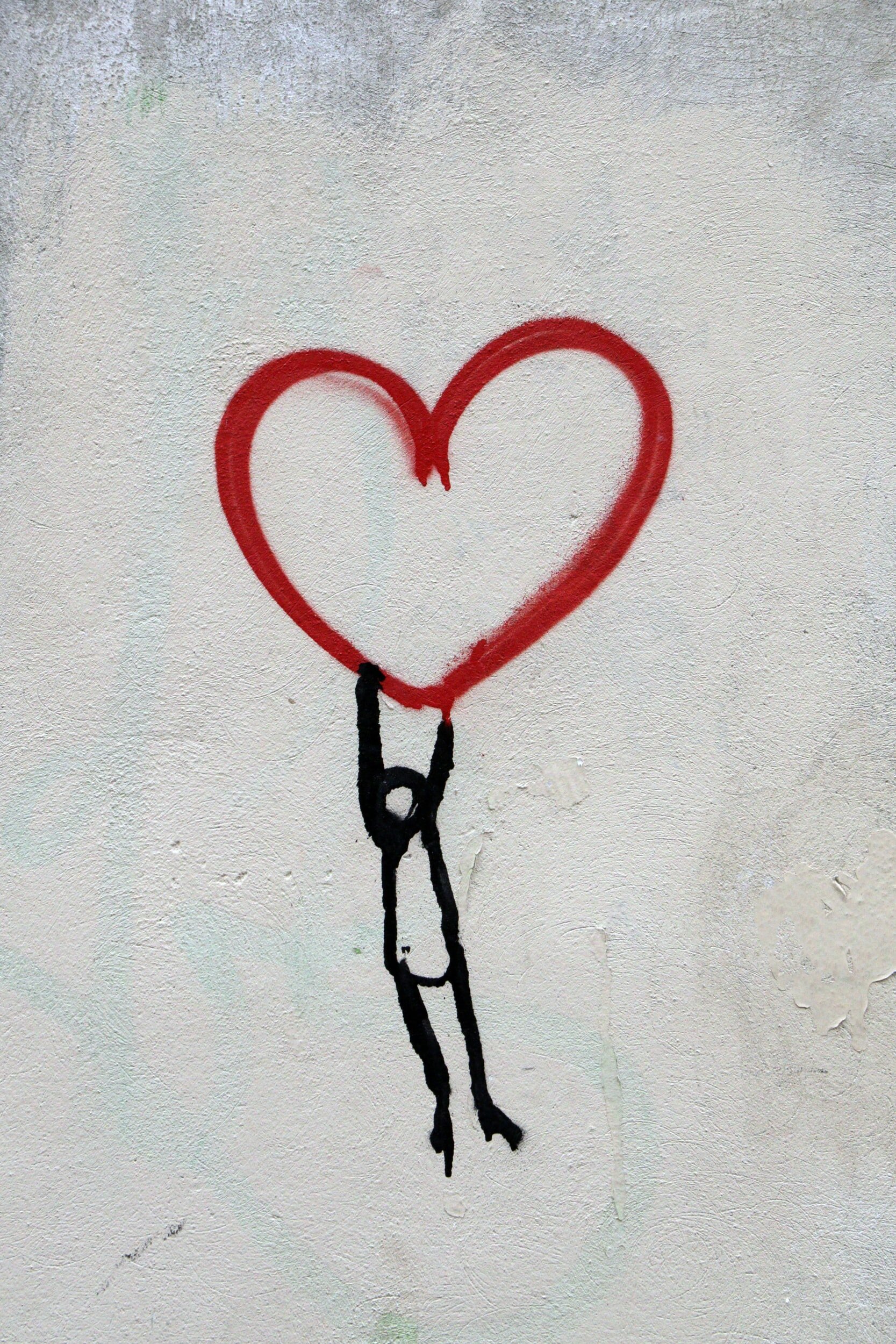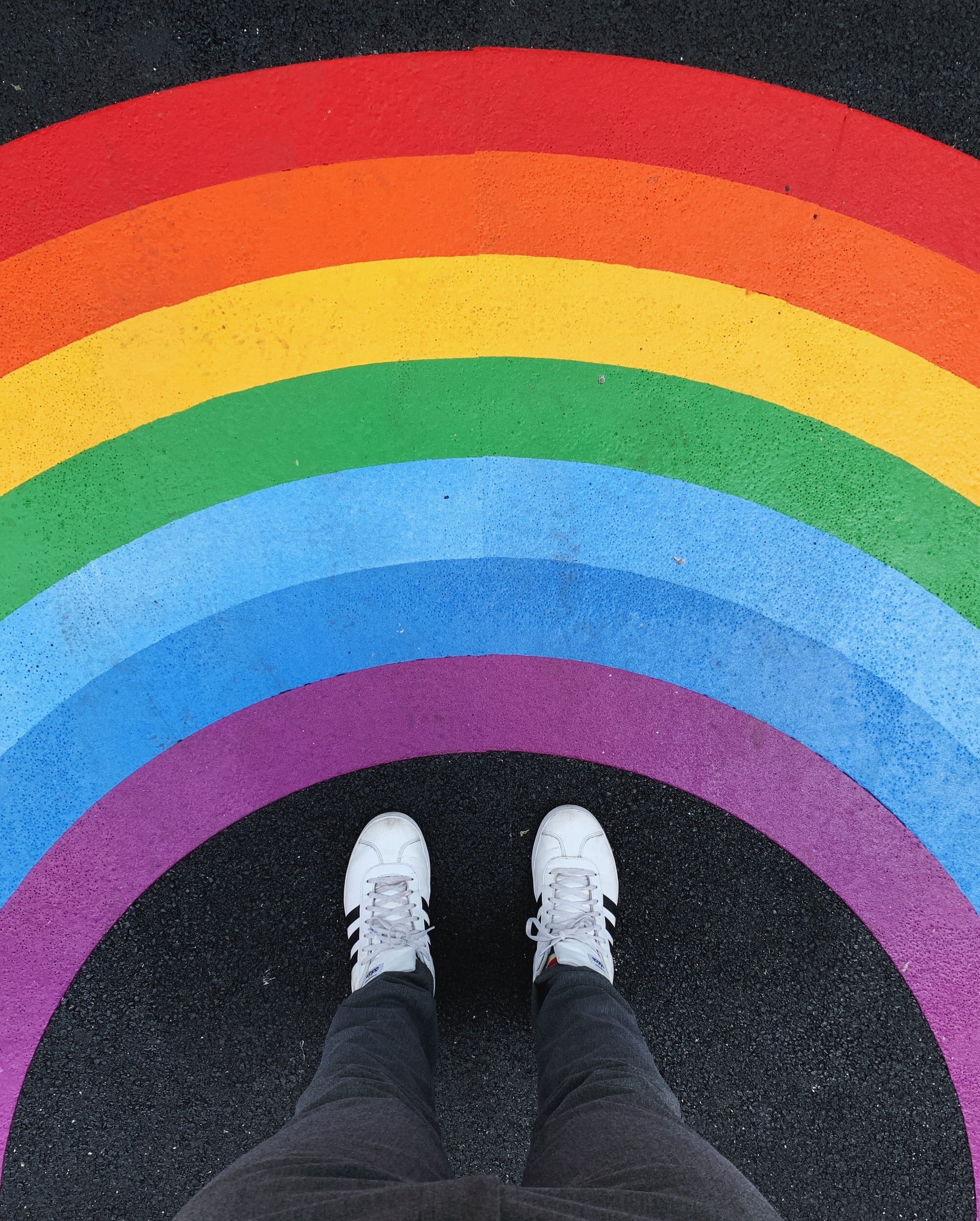Interview to APA: Barriers the LGBTIQA+ community face when seeking pelvic physiotherapy care
1. What are barriers the LGBTIQA+ community face when seeking pelvic Physiotherapy care?
Although awareness and advocacy have increased recognition, the community of lesbian, gay, bisexual, transgender, intersex, queer/ questioning, and asexual (LGBTIQA+) people face several health disparities and barriers to healthcare in general and pelvic physiotherapy care.
The media and more precisely social media have had a role in increasing awareness and giving a voice to this community however, the education of health professionals is still lacking information about the particularities of this group. Even in postgraduate pelvic floor physiotherapy courses, there is very little focus on improving the language around sexuality, gender and inclusion. In my opinion, the main issues arise from the way many feel uncomfortable to ask and talk about sexuality, often only questioning about it as a way to identify behaviours that may lead to HIV or STIs. In pelvic floor physiotherapy, the typical misconception is the assumption that all vaginal owners want to achieve vaginal penetration. As a result, the goal setting can be impaired from the very start, which consequently will impair the therapeutic alliance. Another barrier is linked to the stigma and lack of training around sexual practices (in particular anal penetrative intercourse) which often leads to pelvic floor physiotherapists not asking or creating wrong assumptions about our patients goals.
Moreover, there is also a confusion regarding gender and sexuality which is an important thing to clear if we want to have a more inclusive approach to this community. Gender identity is, in short, the way we feel about our own gender (we may be binary - female and male - or non-binary). Gender expression is the way we express our gender to the world. These genders can coincide or not with the sex that we were assigned at birth. Sexuality is also diverse and a personal experience that it is linked with sexual feelings, thoughts, attractions and behaviours.
Unfortunately, sexuality is still perceived as a taboo and a heteronormative dialogue and assumptions are still very much predominant in healthcare including pelvic floor physiotherapy. Hence, it is not surprising that many members of the LGBTIQA+ community feel discriminated or simply avoid seeking healthcare services. This creates a health problem in itself because this community experiences differential burdens of depression, eating disorders, substance use disorders and homelessness. Moreover, and more specific to pelvic floor physiotherapy, the transgender community who went through reaffirmation surgery, often report very high rates of sexual dysfunction and urinary and bowel problems. It is therefore crucial to understand the relationship between these disparities and the stigma this community experiences.
It is also important to highlight that we, as health professionals, are also part of the consultation and part of the therapeutic alliance. Hence, it is important to be aware of our own biases and preconceived ideas around gender and sexuality if we want to be able to fully support and care for this community. As human beings that we are, we are part of our surroundings, familiar, cultural, religious and environmental contexts hence, it is imperative to have an open dialogue when addressing our concerns around sexuality because this will have a direct influence in the way we will address, support and treat the individual. It is common that any conversation around sexuality will often stir our own assumptions of what is right or wrong (for ourselves) however, I believe that regardless of our own personal opinions, as physiotherapists that follow a biopsychosocial approach that centres the care in the patients, we were trained to support them in their choices and chosen paths hence, it is crucial to promote an empathetic, inclusive and supportive dialogue and approach if we want to help these individuals.
2. Are there common fears or perceptions present in the LGBTQI community in regards to accessing WMPH Physiotherapists?
In short, this community fears discrimination, assumptions and to be excluded. Health professionals in general are known to have problems in addressing questions around sexuality and patients often don’t disclose their concerns unless probed. This created a problem because in pelvic floor physiotherapy we may assume the goals of the patients to be different than they may actually be. For instance, individuals who have vaginismus may be able to have anal intercourse and the reasons for seeking pelvic physiotherapy may be linked to wanting to improve pain during a pap smear Vaginal penetration isn’t always the goal or within the interest of our patients. Moreover, individuals who experience anal pain may also be interested in anal penetration hence, improving pain during defecation may not be enough or in line with their real goals. It is crucial that pelvic floor physiotherapists ask questions and actively listens without creating assumptions and do more training in sexuality and sexual practices (if needed) in order to be better equipped to help our patients.
Moreover, individuals who are trans often fear becoming “guinea pigs” due to the lack of training of health professionals and low awareness around their concerns and needs. Therefore, it is common that the individuals who are transgender may fear or simply not consent to internal examinations.
Consequently, it is important to offer non-invasive assessments such as EMG and real time ultrasound and an environment that promotes feelings of safety where the patient is in control. It is also important to mention this option of a non-invasive assessment in our initial form and website and reinforce the idea that patients can opt out at any time. This also needs to be again reinforced in the face-to-face appointment so patients don’t feel pressured to participate in assessments that may make them feel exposed or threatened. This is as important to our trauma patients as it is for our trans community.
3. Why do you believe there is a high incidence of abuse and violence amongst the LGBTIQA+ community?
It is hard to fully answer the “why” in this question. Unfortunately, discrimination plays a large role in the violence that the LGBTIQA+ suffers with many also experiencing fear, marginalisation, misunderstanding and exclusion. In Australia, we live in a society that has been broadly based on a Christianity foundation that sees people and sexuality from within a binary view. The last century has seen a shift in the way we see ourselves as humans and sexual beings and hence, as with any change in our society, change can be seen as an unwelcoming visitor. I would say that there is, in our community, a deep misunderstanding of what the LGBTIQA+ wants and represents. As an ally but not as part of the LGBTIQA+ community, I cannot speak for them, however my understanding is that all they want is to be perceived by what they are: normal human beings with the right to be respected and included in our society.
However, if we are talking of abuse and violence the answer is, as always, complex. We know that the LGBTIQA+ youth reports higher rates of adverse childhood events (ACEs), with 58% of emotional neglect and 56% of emotional abuse which is higher prevalence than non LGBTIQA+. Transgender and gender non-conforming are the groups with higher prevalence and more childhood adverse effects but also, during adulthood, are more exposed to higher records of extreme violence and homicide as a result of transphobia. The 2018 Australian Trans and Gender Diverse Sexual Health Survey found that 53.2% of participants reported experiencing sexual violence or coercion, compared with 13.3% of a general sample of people in Australia. The numbers are very concerning which in my opinion should increase the feeling of the imminent need to upskill our profession to be able to better support, include and promote safe environments for the LGBTIQA+ community.
I believe that particularly pelvic floor physiotherapist, because we help individuals in such intimate matters, should be at the front of this open and inclusive dialogue. For this, several things can be done: from using pronouns to clear confusion; to use inclusive and non-dogmatic language that invites people regardless of their personal choices. Moreover, we need to be aware of our limitations and biases and upskill in this area, if necessary. From my experience, the LGBTIQA+ community is often extremely welcoming to anyone who wants to know more about them and they are often willing to review your media in order to assure and promote a more inclusive language. I would say the first step we need to assume as health professionals is that there is so much we can learn from the LGBTIQA+ community. However, in order to do so, we need to open our ears and actively listen in a non-judgemental way in order to fully understand their needs and to understand what is our role and what is expected from us so we can assure we are ready to welcome and promote a safe environment for these individuals.



